 A report from the Center for Disease Control and Prevention (CDC) reveals that 4.2 million adults age 18 and older admit to driving while impaired within the past 30 days, resulting in 121 million episodes of impaired driving each month. This is especially concerning in that impaired driving causes one-third of crash fatalities each year in the United States.
A report from the Center for Disease Control and Prevention (CDC) reveals that 4.2 million adults age 18 and older admit to driving while impaired within the past 30 days, resulting in 121 million episodes of impaired driving each month. This is especially concerning in that impaired driving causes one-third of crash fatalities each year in the United States.
The report showed that the number of impaired driving incidents varied across the nation, but were highest in the Midwest. The report also indicated that:
- 80 percent of drunk driving incidents involved men, with young men between the ages of 21 and 34 accounting for 32 percent of these incidents.
- 85 percent of incidents were reported by those who also reported binge drinking within the last 30 days – which is defined as 4 or more drinks per occasion for women and 5 or more drinks per occasion for men.
- Binge-drinking adults accounted for 61 percent of alcohol-impaired driving violations.
- Drivers that do not wear a seatbelt every time they are in a vehicle are three times more likely to drive while impaired than those that always wear a seatbelt.
The CDC recommends specific measures to help reduce impaired driving incidents, including:
- Urging states to participate in publicized sobriety checkpoints
- Calling for stricter ignition interlock laws for convicted offenders
- Increasing alcohol tax rates
- More effective enforcement of blood alcohol minimum levels and drinking age requirements
For more information about alcohol use and testing, visit our website.
 Your Privacy Choices
|
Privacy Notices
|
Terms
|
Language Assistance / Non-Discrimination Notice | Asistencia de Idiomas / Aviso de no Discriminación | 語言協助 / 不䈚視通知
Your Privacy Choices
|
Privacy Notices
|
Terms
|
Language Assistance / Non-Discrimination Notice | Asistencia de Idiomas / Aviso de no Discriminación | 語言協助 / 不䈚視通知




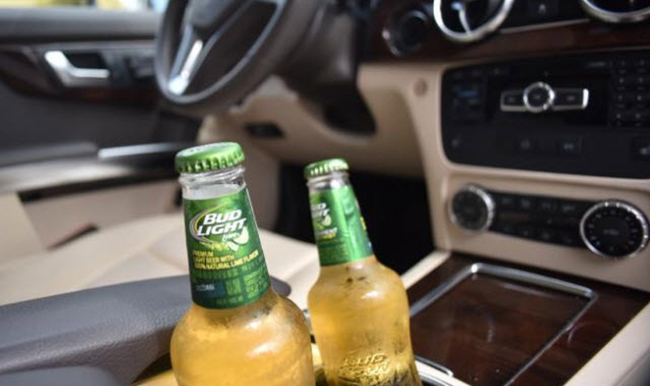
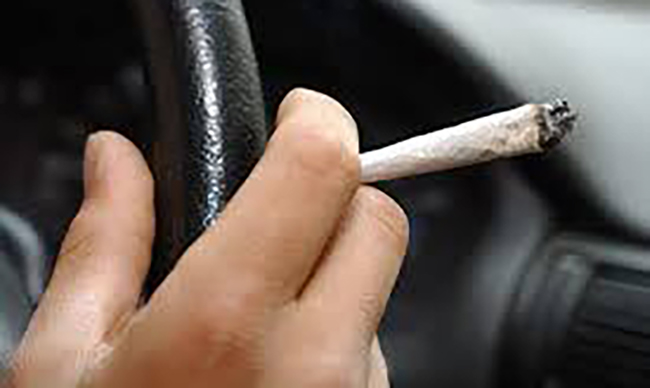
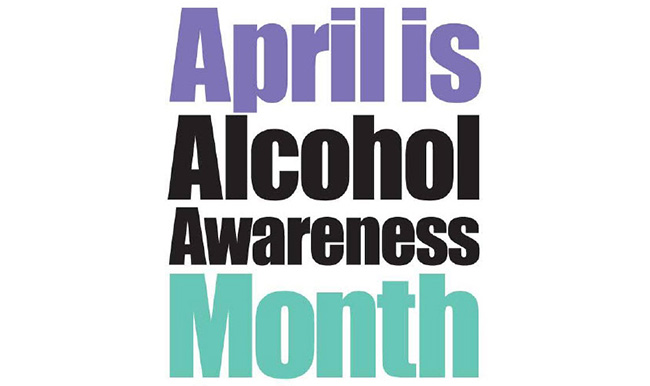
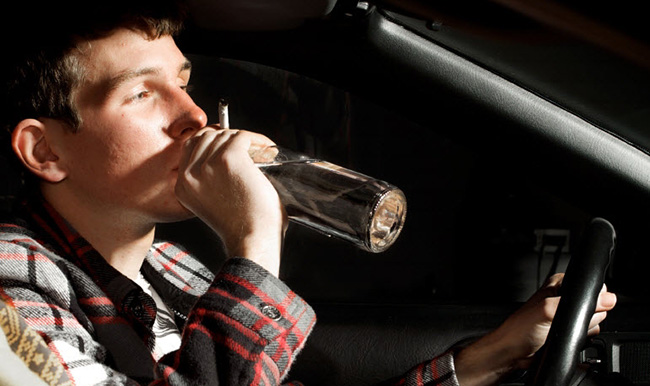
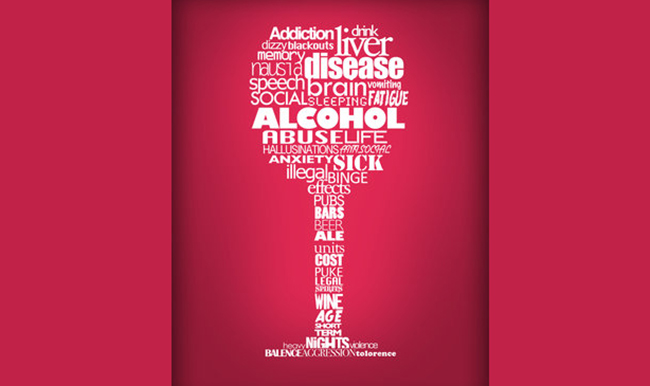

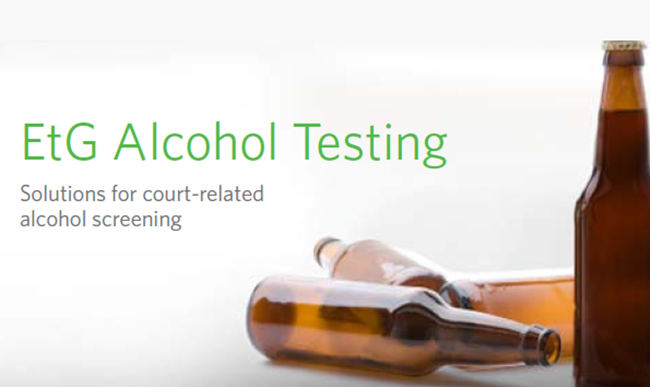
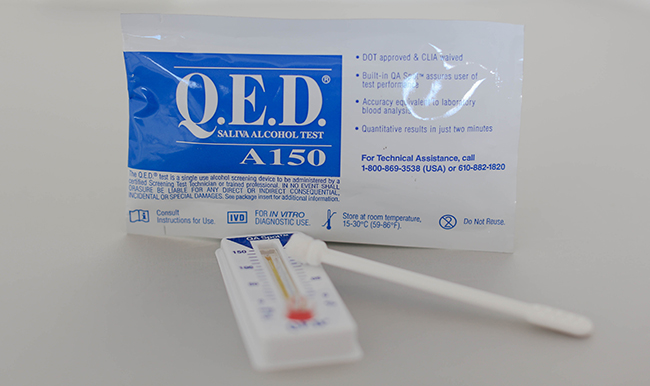






The report showed that the number of impaired driving incidents varied across the nation, but were highest in the Midwest. The report also indicated that:
The CDC recommends specific measures to help reduce impaired driving incidents, including:
For more information about alcohol use and testing, visit our website.